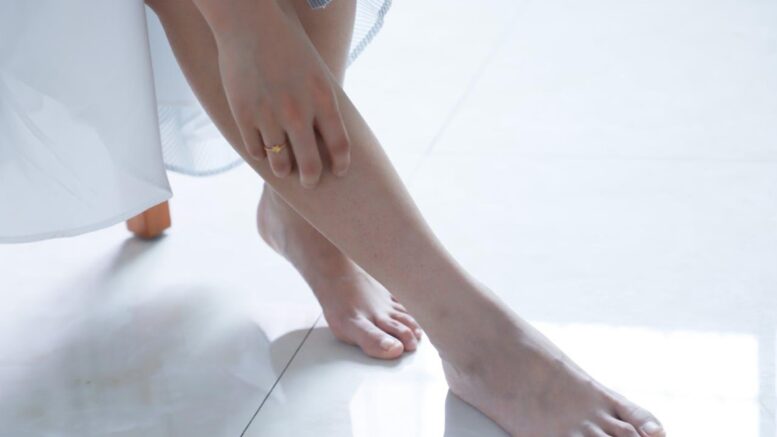Despite being frequently disregarded, bunions can have a major impact on mobility and daily life. These bony bumps near the base of the big toe can be painful and uncomfortable and make it harder to put on shoes. It’s important to comprehend the causes, symptoms, and accessible therapies for bunions, a common foot condition. To maintain the health of your feet and your general well-being, let’s take a closer look at bunions and discover efficient treatment methods.
Knowing About Bunions
A bunion is a bony protrusion at the base of the big toe that is frequently brought on by wearing shoes that are too small or tight, by heredity, or by certain foot ailments like arthritis. Pain, swelling, redness, and trouble putting on shoes are some symptoms. Bunions can be more likely to develop specific foot diseases, footwear choices, and genetic predispositions. The diagnosis usually requires a physical examination and X-rays to assess the severity of the bunion. By identifying symptoms early and taking proper action, symptoms can be reduced, and more consequences can be avoided.
Bunion’s risk factors include
To stop bunions from developing, it is essential to understand the risk factors for them. Given that people who have a family history of bunions are more prone to develop them, genetic predisposition is important. Bunion formation can also be caused by the type of shoes worn, particularly if the wearer frequently dons high-heeled, narrow, or tight shoes. Certain foot diseases, such as flat feet or arthritis, can also raise the risk of bunions. People can lower their risk of bunions and preserve general foot health by making educated decisions based on their awareness of these risk factors.
Bunions Diagnosis
Imaging testing and physical examinations are commonly used to diagnose bunions. A medical professional performing a physical examination will look for a bony protrusion near the base of the big toe and ask about any associated symptoms, including pain and edema. To assess the bunion’s effect on the structure of the foot and to see how big it is, X-rays could be requested. Healthcare providers can correctly diagnose bunions and create treatment strategies that address symptoms and avoid consequences by performing a complete evaluation.
Options for Non-Surgical Treatment
The goals of non-surgical bunion treatment are to reduce symptoms and stop the condition from getting worse. Changing shoes by selecting ones with a wider toe box might ease discomfort and lessen pressure on the bunion. Orthotic devices, including specially manufactured shoe inserts, can assist in appropriately distributing pressure throughout the foot and offer extra support. Bunion-related pain and inflammation can be managed using cold packs and over-the-counter pain relievers. Furthermore, maintaining proper foot care and avoiding behaviors that worsen symptoms can enhance the efficacy of non-surgical therapies for bunions and enhance the general health of the feet.
Options for Surgical Treatment
When non-surgical approaches are insufficient to relieve bunions, surgical treatment options may be taken into consideration. The goals of procedures like osteotomy, arthrodesis, and bunionectomy are to treat the underlying bunion deformity and relieve discomfort. A bunionectomy involves realigning the toe joint and surgically removing the bony bulge. An osteotomy is a procedure in which the toe is better positioned by cutting and realigning the bone. Arthrodesis, which entails fusing the damaged joint, might be required in extreme circumstances to offer stability and lessen discomfort. Consulting a medical practitioner regarding bunion surgery in NYC or whichever major city is closest to you can offer options for thorough treatment and care if non-surgical approaches are ineffective in relieving symptoms.
Prevention and Care Following Treatment
For long-term foot health, post-treatment maintenance and preventive measures are essential after receiving treatment for bunions. Setting up regular follow-up appointments with a medical expert is essential to monitoring the healing process and addressing any problems. Maintaining appropriate footwear, like shoes with a wide toe box, is crucial to preventing the recurrence of bunions. Furthermore, performing foot exercises as prescribed by a medical practitioner can help strengthen the muscles and enhance foot mechanics, which lowers the chance of bunions developing in the future.
Conclusion
The objective is the same whether you choose non-surgical treatments like orthotic devices and appropriate footwear or think about surgical treatments like bunionectomy to reduce pain and increase range of motion. Remember to make routine check-ups with your healthcare practitioner a priority to track the advancement of your disease and address any issues. Continue your research and learn about the best foot care practices.
